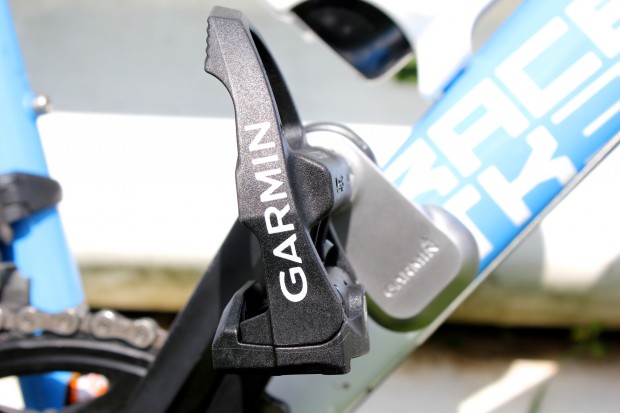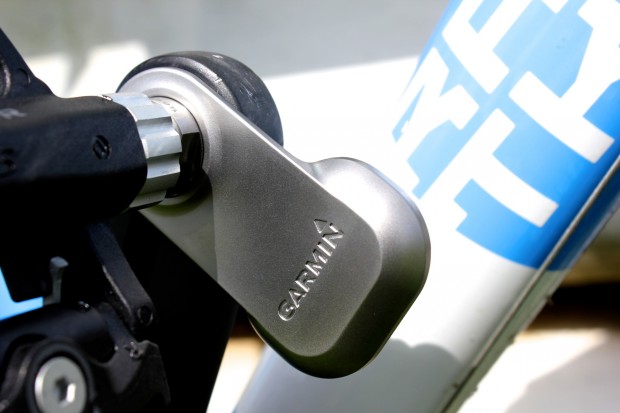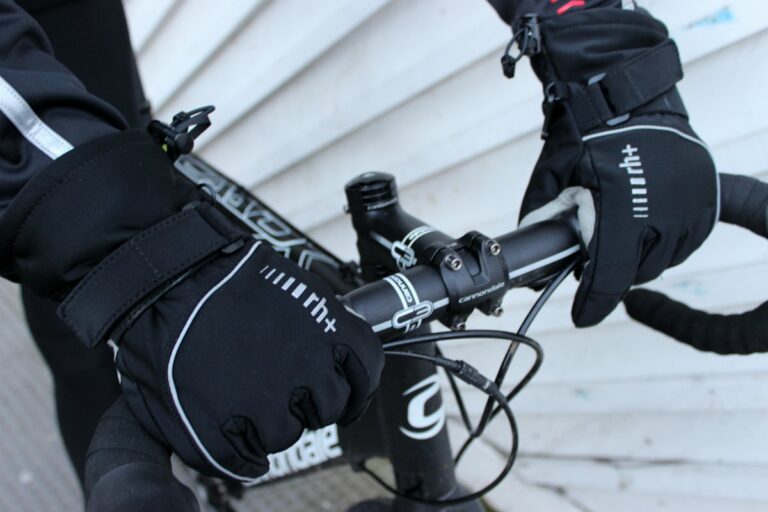Update: Garmin have now announced the second generation of their Vector power meter pedals, the Vector 2 and 2S which you can read about in-depth here.
Garmin’s Vector power pedals are accurate, easy to fit and to move between bikes, and provide useful data for left-right power balance. At £1,350 sans head unit, however, they represent a significant investment.
You can read a detailed description of the Vector’s technology, and our ‘first ride’ impressions, by clicking here. We handed our sample pair to a national standard racer and long-term user of power measurement systems from PowerTap and Quarq, and who also tested LOOK-Polar’s power pedals, whose findings we’ll report here.

Accuracy
Our test pilot’s post-ride analysis of missions made with the Vector produced comparable readings to those he conducted with LOOK-Polar, PowerTap and Quarq systems. On the first ride, an average reading of 265 watts struck him as high for the effort (a recent test had calculated his threshold at 280w). The Vector’s recalibration function – simply pedal backwards five times – worked as advertised, however, and more typical readings followed.
Design
Having previously tried the LOOK-Polar power pedal, our man was impressed by the design and comparative robustness of the Garmin pods, specifically with their solid metal housing and absence of zip ties. Garmin’s requirement for a spacer on cranks with a recessed pedal thread presented no significant issues: another favourable comparison with the LOOK-Polar system and its dependence on a lock ring for correct orientation of the pods.
Our tester offered a further thumbs up to Garmin’s decision to mount the pod on the outside of the crank arm. LOOK’s power pedals, which place the pod on the inside of the crank arm, presented chainline issues on machines with small clearances, such as a track bike, he felt. Not so with the Vectors, which are supplied with a series of washers to allow the rider to ‘pack out’ the chainset if required.
Set up

Much as we discovered at Garmin’s press launch for the Vector, our tester found setting up the pedals to communicate with his EDGE 510 head unit a doddle. Disabling the PowerTab and installing the Vectors took a combined 40 minutes, he said. Take the PowerTap out of the equation, and installation and set-up time was reduced to half-an-hour.
His Garmin 510 and the Vectors greeted each other as old friends and pedalling at 90rpm was the only action he was required to perform to complete the installation. Once installed, the aforementioned recalibration was completed by pedalling backwards.
Power balance
The Vector’s ability to produce separate power readings for the right and left is one of its major selling points and a feature that distinguished it from our test pilot’s PowerTap (or indeed from the crank-arm mounted unit from Stages). Our man considered it a useful feature having discovered a small imbalance on easy rides (under greater effort, however, he generated equal watts from both legs). Having identified this minor issue, he was able to resolve it, and there his use for the left-right read out ended. It’s likely to serve a greater purpose for those with a more serious imbalance, but on the basis of our test pilot’s experience, checking left-right outputs is unlikely to be a frequent occurrence.
Usefulness of power
Given the scale of the investment, it’s perhaps worth touching on the usefulness to the amateur rider of power as a training metric. Garmin make great play of the value of measurement of the humble watt, arguing that heart rate gauges a rider’s response to effort rather than the effort made. In addition, our tester highlighted the value of power as a consistent measure of performance. Descents inspired him to shift down a gear and push harder to maintain the same power output. And unlike heart rate, susceptible to ‘thermal drift’, power outputs remained impervious to changes in his core temperature. Put simply, he could be certain of the effort he was producing within 100m of rolling off the driveway. Heart rate monitors, in his experience, can take as long as 15 minutes to ‘catch up’. “Power is more instant,” he concluded, and especially useful for short, sharp efforts of between 20 seconds and one minute.
The £1,350 question

With so many ‘pluses’ revealed in the Garmin Vector’s performance, it seemed fair to pose the $64,000 question, or, in this case, the £1,350 question. Asked to make a hypothetical choice between any of the four power measurement systems he’s tried – LOOK-Polar’s power pedal, Quarq’s crank-based meter, a PowerTap hub, or the Garmin Vector – our test pilot would opt for the Vector.
Is the Vector good value? The only other pedal-based power meter on the market is the LOOK-Polar set-up, which is similarly priced. Quarq’s crank-based system is in the same ball park, while PowerTap’s hub-based unit is significantly cheaper but don’t offer left and right power balance, and is significantly less versatile.
Garmin’s Vector, while impressive, is far from affordable, and does not include a head unit. The cheapest compatible Garmin EDGE unit, assuming you don’t already own a discontinued 500, 705, or 800, is the 510, priced at £250. A first-time user of Garmin products would therefore need to make an investment of £1600 to get up and running with Vector. For this reason, many may find the price prohibitive. Those willing and able to make the investment, however, are unlikely to find a more accurate, versatile, and usable system of power measurement.
Price: £1350
Colour: Black
Website: Garmin
Distributor: Madison






